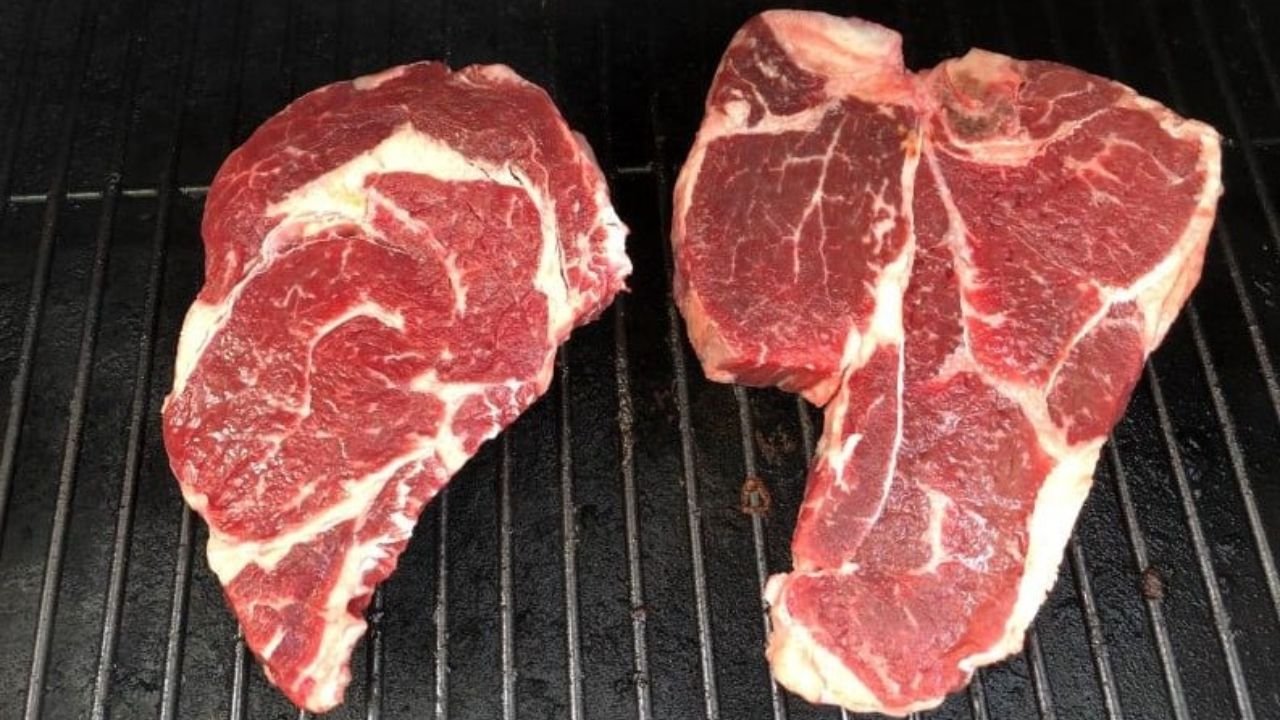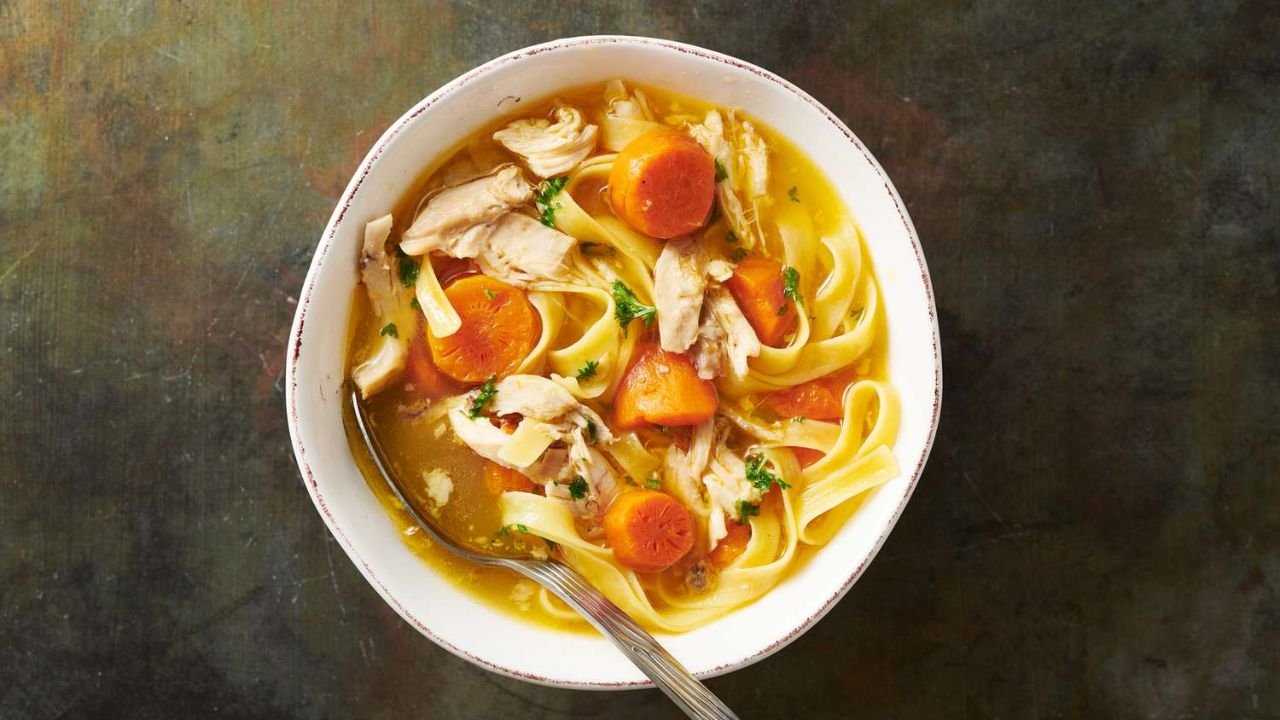When it comes to selecting the perfect cut of beef for your next meal, two heavyweight contenders frequently go head-to-head: the Porterhouse and the Ribeye. Both are prime cuts that promise rich flavour and succulence, but they differ in a few key areas that can affect taste, texture, and cooking method. Understanding these differences is vital for any home cook or food enthusiast looking to get the most out of their steak experience.
What is a Porterhouse Steak?
A Porterhouse steak is essentially two steaks in one. Cut from the rear end of the short loin, it features both the tenderloin (the same cut used for fillet steaks) and a larger portion of the striploin (or sirloin). These are separated by a distinctive T-shaped lumbar vertebra, which is why the Porterhouse is sometimes referred to as a T-bone.
What sets the Porterhouse apart from a standard T-bone steak is the size of the tenderloin section—it’s significantly larger, making this cut ideal for those who enjoy a contrast of textures in a single serving.
What is a Ribeye Steak?
The Ribeye, true to its name, comes from the rib section of the cow. It is well known for its rich marbling—those streaks of intramuscular fat that melt during cooking, imparting deep flavour and a juicy texture. Unlike the Porterhouse, which contains two types of meat and a bone, Ribeye steaks are usually boneless (though bone-in versions exist, often called “rib steak”).
This cut is prized for its tenderness and buttery mouthfeel, especially when cooked to medium-rare or medium to render the fat perfectly.
Key Differences at a Glance
Let’s break down the differences between Porterhouse and Ribeye across several key factors:
1. Location on the Animal
- Porterhouse: Cut from the rear end of the short loin, incorporating the tenderloin and striploin.
- Ribeye: Cut from the rib section, typically between ribs six and twelve.
2. Meat Composition
- Porterhouse: Two distinct muscles with different textures—tenderloin and striploin.
- Ribeye: One well-marbled muscle (the longissimus dorsi), sometimes including the spinalis dorsi or “rib cap.”
3. Flavour Profile
- Porterhouse: Offers a combination of delicate and robust flavours; the tenderloin is lean and mild, while the striploin is beefier and firmer.
- Ribeye: Rich, juicy, and intensely flavoured due to high fat content.
4. Best Cooking Methods
- Porterhouse: Best grilled or pan-seared and finished in the oven to accommodate the thickness and dual cuts.
- Ribeye: Ideal for high-heat grilling or pan-frying to maximise caramelisation and fat rendering.
5. Serving Size and Presentation
- Porterhouse: Usually larger and served bone-in, making it perfect for sharing or as a centrepiece.
- Ribeye: More compact but rich, often served boneless and plated individually.
Nutritional Considerations
For those watching their intake of fat or calories, the Ribeye might be a bit indulgent. The high fat content contributes significantly to its flavour, but also to its caloric density. Porterhouse, depending on how it is trimmed, can offer a leaner option—particularly on the tenderloin side—while still delivering satisfying beef flavour.
Which One Should You Choose?
Choosing between a Porterhouse and a Ribeye comes down to your personal preferences and how you intend to prepare the steak. If you enjoy variety in texture and a presentation fit for a special occasion, the Porterhouse is a strong candidate. If you’re after intense beefiness and a melt-in-your-mouth experience, the Ribeye might just be your go-to.
Porterhouse steaks also lend themselves well to rustic, hearty meals with bold accompaniments. For a perfect introduction, consider trying this recipe for porterhouse steak, which pairs the cut with rich onion gravy—a great way to bring out its complex character.
Catering to Different Palates
Both the Porterhouse and Ribeye offer unique eating experiences that cater to different palates. While the Porterhouse provides two textures and flavours in one, the Ribeye wins over those who prioritise juicy, beef-forward satisfaction. Armed with this knowledge, you can now select the ideal cut for your next culinary adventure—one that matches both your taste and cooking style. Whether grilling for guests or treating yourself to a gourmet dinner, understanding your steak is the first step to mastering it.



